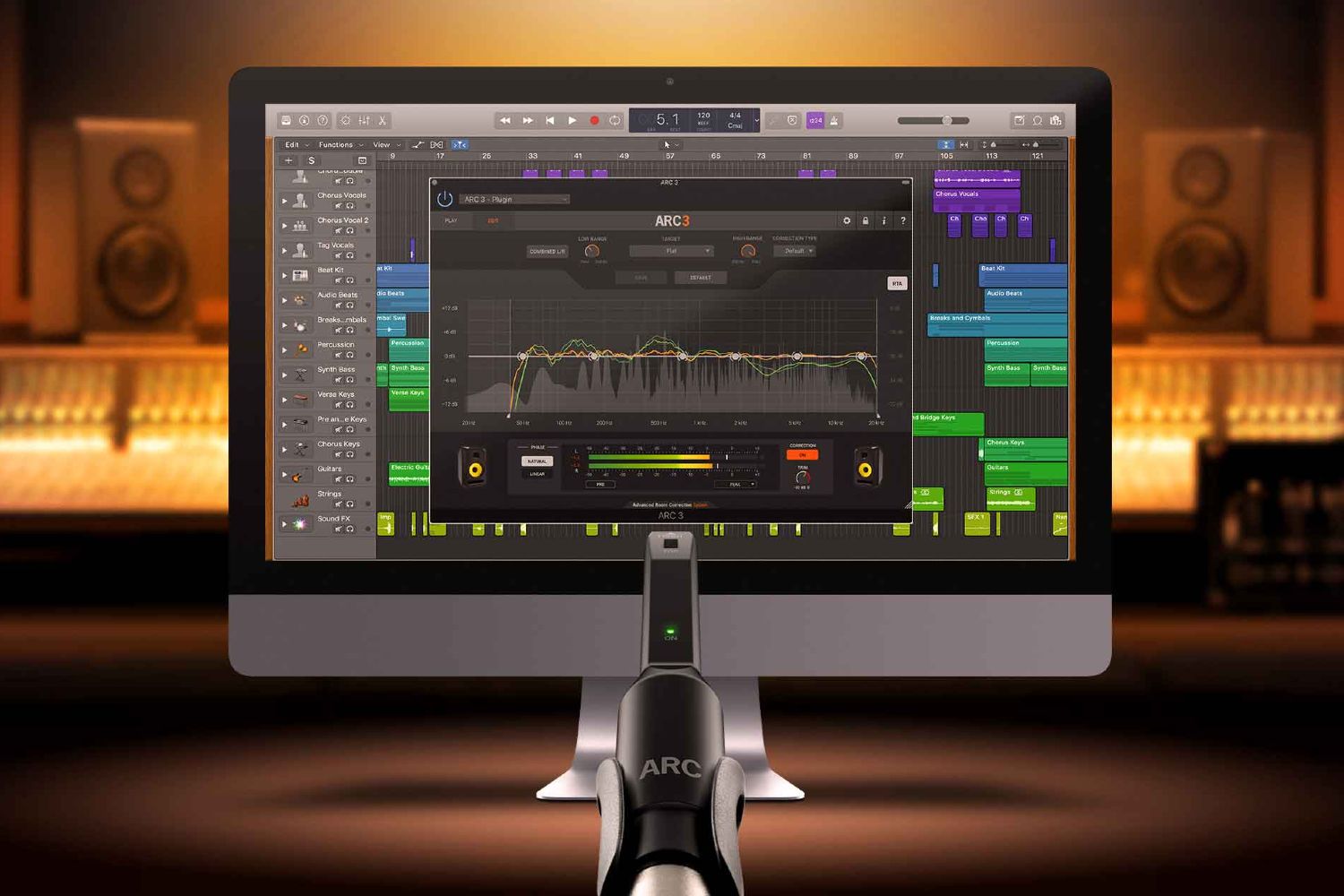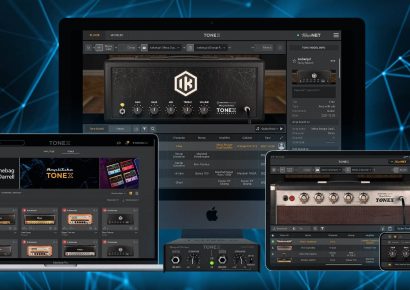When it comes to modern audio production, the medium is the monitors.
It’s the lens through which we make every important decision through the tracking, mixing, and mastering stages, while also playing a vital role in the way these decisions translate to the outside world.
Where things get increasingly complex is in the ways in which our monitors interact with our listening environment and the unforeseen impacts that this can have on our sonic perception and decision-making process – with the introduction of various acoustic nasties such as standing waves, bass buildup, phase smearing, and more, all impeding our ability to make valid judgements at the production level.
Thankfully though, there are solutions at hand, and with DSP-based room correction becoming both more accessible and more effective in recent years, there is now no reason why engineers of any pedigree should be flying blind.
In this article, we take a closer look at three different approaches to DSP-based room correction, to suit any budget.
Read all the latest features, columns and more here.
The IK Multimedia ARC System 3 provides a great entry point into acoustic correction, with a straightforward system that suits both beginners and pros. So if you like the step-by-step assisted approach, you can quickly analyse your space and create a profile to reduce acoustic problem areas.
Alternatively, ARC3 also has more detailed features for those who have prior experience with room correction. These include a variable band corrective EQ with high and low range controls that allows you to adjust the resolution. In addition, there is PEAK, RMS, LUFS and DR metering, a real time spectrum analyser, as well as virtual monitoring presets with emulations of car stereo, TV, and smartphone speaker systems for reference.
Practically, ARC3 functions as a plugin within your DAW. When placed on your master output channel, you can quickly access metering and reference presets. This is convenient, as most home users are working with limited budget and space, so the idea of having three sets of monitors isn’t always a realistic prospect.
The ARC System 3 is available in three different options. You can purchase the software alone and use it with your current measurement microphone, you can get the complete package with the MEMS microphone, or simply purchase the mic separately as a current ARC3 user.
Overall, the ARC System 3 provides an affordable solution with multi platform compatibility that is suitable for anything from home recording setups to more professional studios. So whether you’re aiming to increase the translation properties of your current system or justify your investment in more high-end studio monitors, this gives you a simple way to do it.
The iLoud Precision range consists of three models of digitally controlled studio monitors. With the help of the X-MONITOR control app, you can calibrate your monitors specifically for your room and access a library of monitor emulations ranging from studio and Hi-Fi to multimedia speakers.
Choose between a 5-inch, 6.5-inch, and a dual 5-inch class-D powered monitor system with a 96kHz integrated DSP engine. Each model ships with the MEMS microphone and a set of iLoud acoustic isolation pads to reduce reflectivity and vibrations. Once you’ve set your iLoud Precision monitors up, you can begin calibration with the X-MONITOR software.
Although the rear control panels have extensive EQ controls, the software provides a comprehensive control system for calibration, selecting and fine tuning monitor presets, and making manual EQ adjustments. In addition, you have the convenience of cycling between monitor presets with the optional remote.
Before you get into the virtual monitor preset library, there are four basic settings to start working with the iLoud Precision monitors immediately. Each is designed with a specific practical application in mind.
Sure, there is plenty of competition in this end of the market, but the key to approach the iLoud Precision is to approach them as a “budget barefoot” introduction to the advanced world of onboard DSP, as opposed to a mid-level monitor with a few plush features.
As a way to pull accurate mixes early in your production journey and offset the inhibiting aspects of your listening environment on a budget, you’d be hard pressed to find anything better suited to the task.
DSP-based designs also have the potential to take high-end monitoring to new heights. Rather than simply compensating for acoustic weak areas in a room, the Dutch & Dutch 8c studio monitors are designed to complement your studio’s room acoustics and provide the means to create engineer-specific monitoring profiles.
The 8c is a uniquely designed three-way monitor with an eight-inch forward facing mid-range driver, and two eight-inch rear-mounted high excursion subwoofers. They can be pole, ceiling, wall, or stand mounted, and connectivity includes AES with support for up to 192kHz sample rates, and an ethernet for linking the widely acclaimed open-source free application, Room EQ Wizard (REW), and configuring the DSP.
At a basic level, Boundary Correction addresses phase alignment of room reflections in the time domain using precise distance measurements the user enters into Dutch and Dutch’s Ascend control application manually. This allows installation of the 8c in difficult spaces where ideal monitor placement isn’t possible. The usual best practice of positioning monitors away from the front wall of the studio is a rule to be broken with the 8c. In fact, it is recommended to site them 50cm or closer to the front wall, since the reflection from the wall itself provides boundary coupling, in phase, further enhancing low-frequency extension.
At a more advanced level, in tandem with Boundary Correction in the time domain, EQ response can be addressed using the DSP of the 8c by using REW. After taking several response measurements via a supported calibrated reference microphone (the MiniDSP Umik 1 or 2 providing the most convenient solution), REW computes a set of filters providing a curve to negate any peaks or troughs based on the averaged measurements taken. While REW is not an in-house application from Dutch and Dutch, the development teams have partnered to provide deep integration with the resulting filters from REW automatically populating the filters in the DSP of the 8c.
This is the key to the overall sound of the 8c and allows them to perform in any room, should you have acoustic treatment installed or not.
The unique cardioid dispersion system is aided by the grills on the side panels, and this reduces the off-axis filtering that we usually associate with even high-end monitors when we change our listening position. Instead of colouration, you get full spectrum attenuation which results in more neutral reflections.
What makes the 8c a worthwhile investment is the manner in which it can so easily adapt to new spaces. Most of us will move studios several times in our careers, and having a monitor system that is designed to adapt so intuitively to any environment makes the process a far less daunting prospect.
Head to Sound and Music for more information on how to level up your studio.




